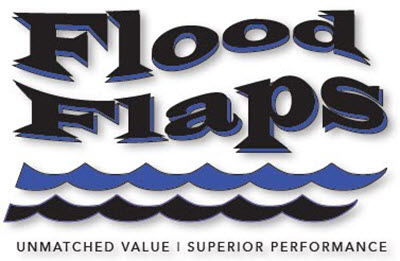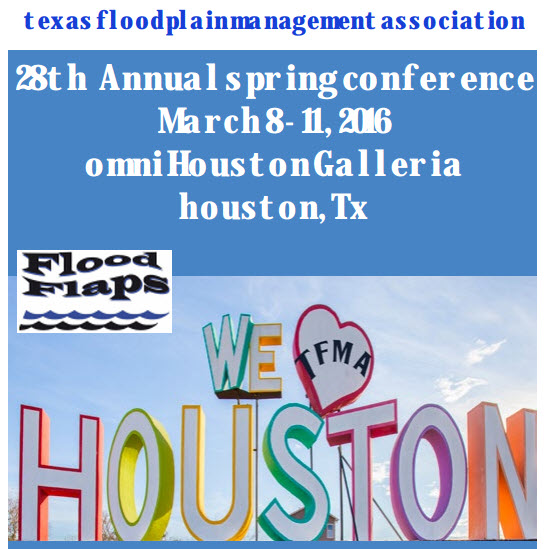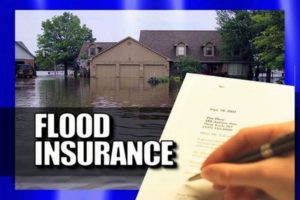President Obama recently signed a controversial bill that will directly affect the safety of millions of Americans. The fine print is so complicated, though, that it’s hard to predict exactly how our safety will be affected.
Some say that the Homeowner Flood Insurance Affordability Act of 2014 brings desperately needed relief to property owners who face ruinous increases in their premiums for federal flood insurance. To supporters, the law preserves the American dream of home ownership from ill-conceived intervention by “an irrational Washington force.”
Others see the new law as election-year pandering and a cowardly reversal of course. Just two years ago, Congress passed the Biggert-Waters Flood Insurance Reform Act of 2012 in direct response to catastrophic damage from Super storm Sandy. The 2012 law prescribed strong medicine to salvage the solvency of the flood insurance program from a shortfall of some $25 billion caused by insurance payouts after Sandy and Hurricane Katrina. Before its rollback on Friday, the 2012 law would have quickly phased out federal subsidies until owners of flood-prone properties paid the true actuarial costs of their insurance. Some (but not all) properties that had been receiving subsidies saw 25 percent rate hikes. The 2012 law also required more accurate, up-to-date floodplain maps so that people could easily identify dangerous areas, but the new law relies on obsolete maps to assess premiums on existing homes.
It’s impossible to understand this legislative zigzag without understanding our century-long experiment with federal flood control.
Beginning early in the 20th century, Congress tried to engineer the nation out of danger by spending well over $100 billion (in current dollars) on federal levees and dams. But no structure is foolproof, and all have their limits. As one engineer explained, there are two kinds of levees: “Those that have failed and those that will fail!” Case in point—Katrina, a mere Category 3 hurricane, made short work of the Industrial Canal and the 17th Street Canal levees.
Next, Congress tried disaster relief as a humane response for flood victims. There was more work to be done, though, as picking up the pieces after the fact is a poor substitute for prevention.
Rounding out the trio of federal policies, Congress created the flood insurance program in 1968—shortly after Hurricane Betsy ravaged Louisiana and Florida. The program historically charged premiums at about 40-45 percent of their cost, with taxpayers subsidizing the balance. Congress had long toyed with the idea of subsidizing insurance policies, but worried that too much federal help could create a “moral hazard.” That is, if policyholders do not have a high enough financial stake, they underestimate the danger and take risks they would not otherwise consider.
Despite the best of intentions, these federal policies backfired. They did spawn a moral hazard by giving us a false sense that it’s safe to settle in dangerous, flood-prone areas.
Another Senator skirted an essential truth when he expressed concern that, absent the new law, a “man made perfect storm … would have crushed thousands of families … and destroyed entire communities.” But the man made threat is not the abolition of insurance subsidies to which he was referring. Instead, it is the trio of federal policies that have lured people into harm’s way for over a century, thereby transforming otherwise natural catastrophes into “unnatural disasters.”
Moving forward, Congress would do well to consider all three policies together to ensure it is signaling the true risk of floodplain settlement to the American people. False assurances and subsidies that feel good now will be disastrous in the long run.
Contact Flood Flaps today at 843-881-0190 or [email protected] to find out how our flood vents can help reduce your flood insurance, and protect your home or business property from flood damage.
Flood Insurance Premium Increases, Relief to Homeowners





